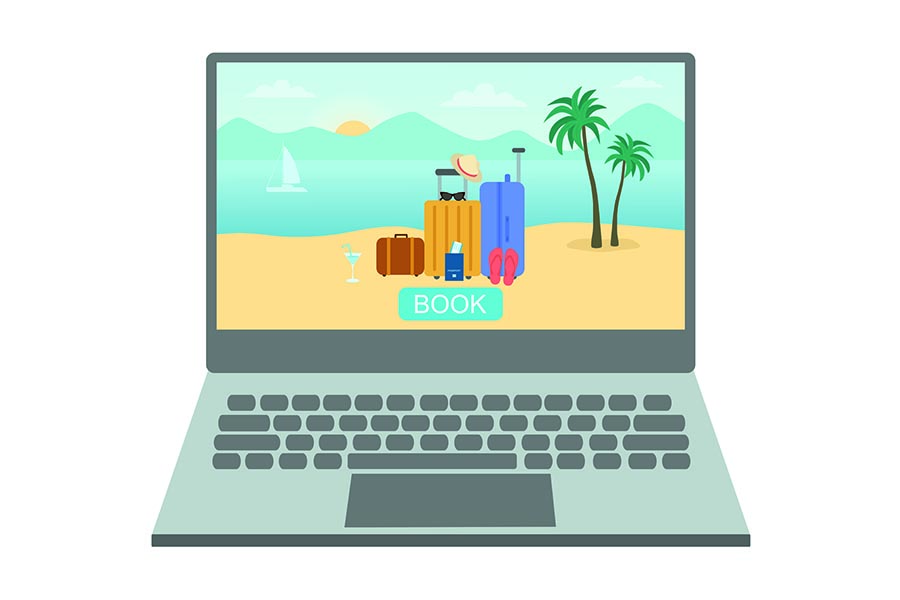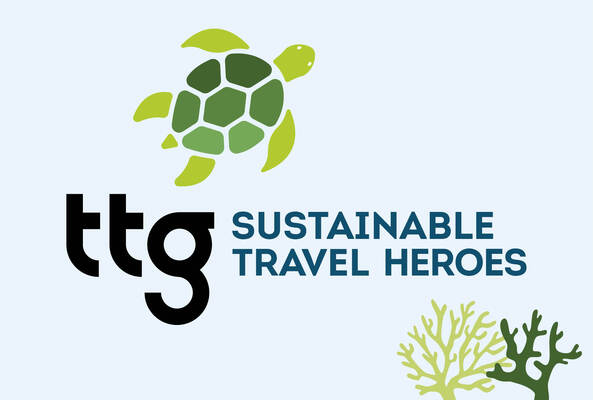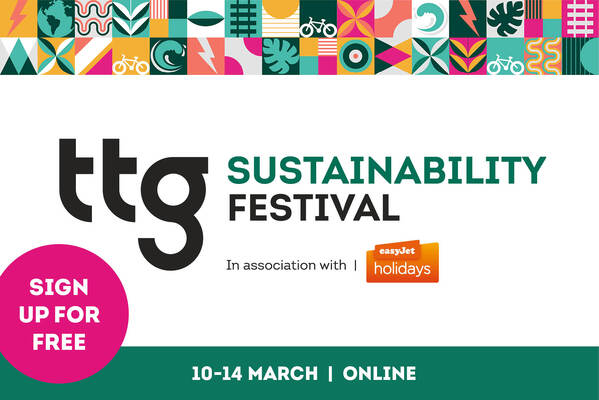The 7 steps to creating a seamless online booking journey
Create a digital process that supports long-term loyalty and drives conversion, says Alison Rawlings, managing director of Bunnyfoot design consultancy

Advances in technology and AI have led to many possibilities when it comes to planning and researching holidays. But when it comes to making the final decision and parting with money, people don’t move as quickly as technology. A customer-centred approach to designing a booking journey continues to deliver big rewards via increased conversion rates and while we would always recommend a tailored programme of research to maximise opportunities, there are some fundamental steps to consider in creating the most effective experience.
1. Understand your digital customers
This is the cornerstone of creating a successful booking journey. Well-executed research can help you explore the range of emotions and requirements people bring to their online engagement with your organisation. What do they worry about when they’re booking a holiday? What are the key decision points for them? Armed with this insight, you can make informed design decisions to meet clients’ specific needs and preferences.
2. Ensure your customers have everything they need
The benefits of having this level of understanding can come into play early in the process. Knowing your customers’ concerns and requirements means you can ensure they have everything they need before they hit the “Book now” button. Avoiding the temptation to push customers into starting a process they’re not ready for in the hope of a quicker sale will ultimately lead to a higher conversion rate. With one of our travel clients, changing a button label from “Book now” to “View dates & pricing” increased the number of customers progressing to the next stage by over 50%.
3. Eliminate deadwood
Once they have made the decision to book, the hardest part is done; don’t give people any reason to abandon the process. Remove distractions such as primary navigation elements and unnecessary links to keep them focused and moving towards payment.
4. Use shorter pages
Keeping pages concise is another way to maintain momentum; long forms can leave people feeling overwhelmed. Don’t believe fewer clicks means a better experience; it’s more effective to organise the process into shorter steps. Every click on a “Next” button increases commitment and helps the customer feel like they’re getting there. Use a progress indicator to help anchor the customer and reassure them the end is in sight.
5. Make errors easy to fix
Mistakes will happen and when they do, shorter pages will also help avoid a depressing list of errors and make it easier for customers to put things right. You can help further by making sure that error messages are concise and provide a clear path to correction. Avoid relying solely on colour to indicate errors; some people can’t perceive colour and it breaches accessibility legislation.
6. Allow customers to switch devices
Booking holidays is not a simple, linear process for most people. Perhaps even more than with other big-ticket items, it can involve many discussions and multiple people. Also, while online research often starts on a smartphone, many people like to move to a larger screen to complete the booking process, so allow customers to save and retrieve information they’ve entered and to switch easily from one device to another.
7. Add-ons can come later
Finally, the booking journey doesn’t need to end with a confirmation email. The period between booking and travelling provides a real opportunity to build the relationship with your customers, and they may be more inclined to invest in add-ons or upgrades when they’ve had some time to recover from the initial expenditure and are happily anticipating their holiday.
Travel Technology Initiative (TTI) is a not-for-profit organisation providing members with the latest thinking on technology as well as developing industry-wide standards for travel. For more information, please visit tti.org
In TTG's TTI Travel Tech Talk series so far, we have looked at:
- Travel's next disruptive technology – the metaverse
- Whether Artificial Intelligence will replace the human travel agent
- How to stop cyber-criminals infiltrating IT systems
- The secret weapon for reducing lost counter time in agencies
- The AI tool that can increase agents' efficiency and productivity
- What to consider when choosing a new card payment services provider
















